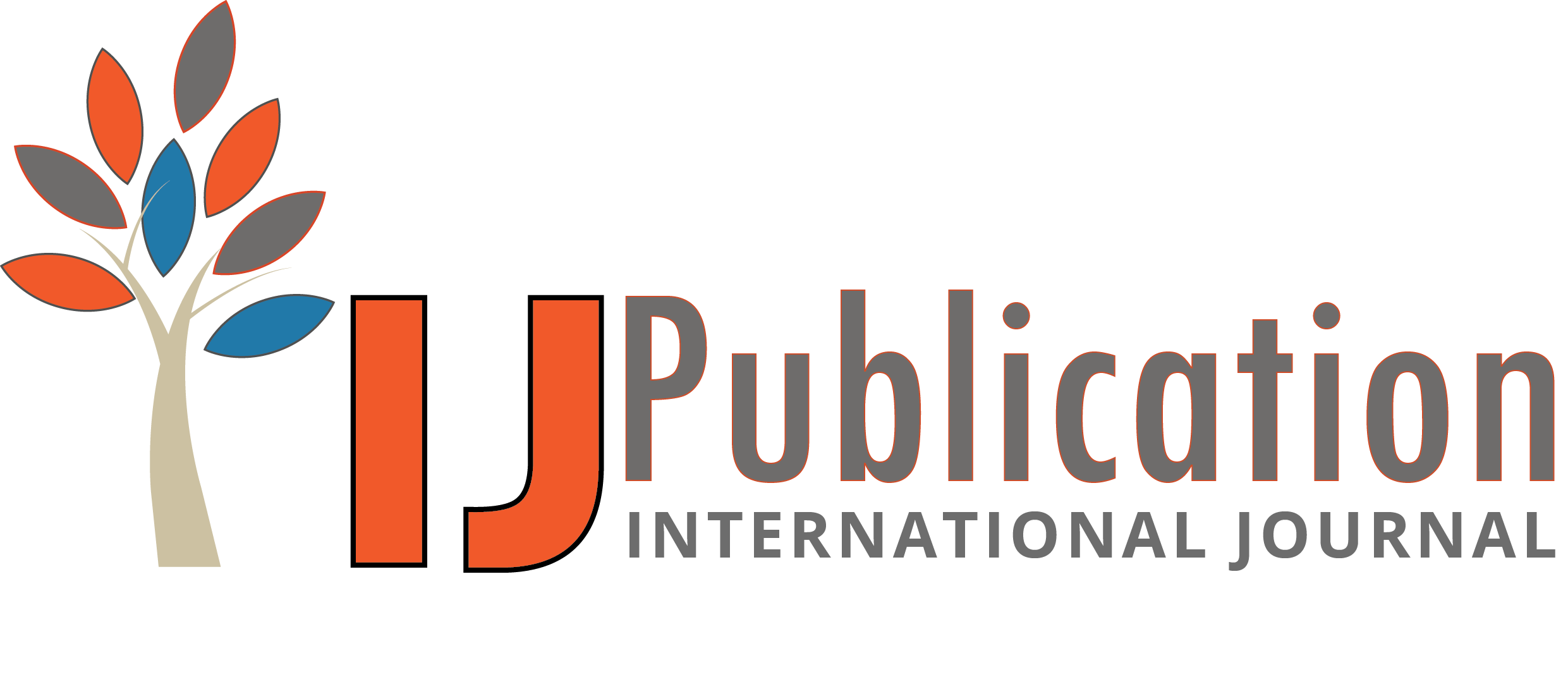PRONOY CHOPRA Reviewer
04 Nov 2025 03:13 PM
 Approved
Approved
Relevance and Originality
The research article delivers an in-depth exploration of how cloud-native architectures are reshaping risk scoring mechanisms within the insurance technology space. Its focus on integrating third-party data enrichments highlights a crucial advancement in operational intelligence and data-driven underwriting. The work stands out for addressing not only system scalability and performance but also the balance between regulatory governance and innovation. The originality lies in demonstrating how modern microservice architectures enhance precision, speed, and compliance in risk analysis insuranceinnovation cloudarchitecture microservices underwritingefficiency dataprovenance riskmanagement.
Methodology
The study employs a well-structured architectural methodology, outlining the use of layered microservices, API abstraction, and asynchronous event-driven systems. The practical demonstration through aerial imagery integration strengthens its applied relevance and technical realism. The methodological clarity reflects an understanding of both software engineering principles and domain-specific insurance requirements. Although the paper effectively conveys implementation logic, including measurable performance comparisons—such as data latency reduction or enrichment processing time—would further validate its robustness dataintegration architectureframework scalability schemaevolution implementationdesign.
Validity & Reliability
The proposed framework demonstrates strong conceptual and technical validity. The incorporation of data lineage tracking and provenance assurance reflects a deep awareness of compliance needs, especially under regulatory frameworks like GDPR and IRDAI. Reliability is reinforced by emphasizing schema evolution and asynchronous enrichment, ensuring adaptability to dynamic data environments. While broader empirical validation across multiple use cases would strengthen reliability, the presented architecture remains sound and repeatable for enterprise-scale deployment reliability compliance transparency validation consistency architectureevaluation.
Clarity and Structure
The article maintains excellent clarity, logically progressing from conceptual foundations to practical applications. Technical terminology is used precisely, making complex architectural ideas accessible to both engineers and insurance professionals. The organization is well-balanced, with a coherent flow between problem identification, framework design, and case study demonstration. Supplementing with visual representations of the data flow or architecture could make the content even more engaging and easier to interpret structure clarity readability architecturalflow presentationquality.
Result Analysis
The analysis effectively illustrates that integrating cloud-native enrichment models leads to measurable advancements in underwriting accuracy, operational agility, and data accountability within modern insurance ecosystems.








PRONOY CHOPRA Reviewer